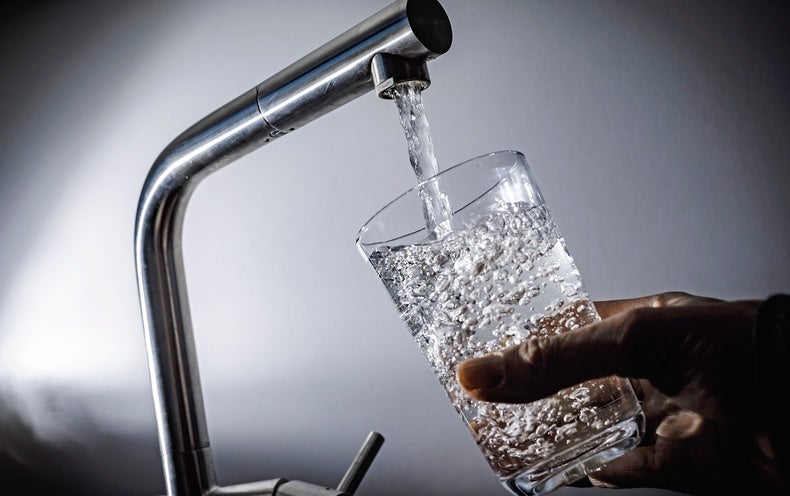What's Really in Your Water?When water is safe, there is nothing better to drink. It’s good for teeth, skin, weight control and even the abili...
Published on by Trudi Schifter, CEO and Founder AquaSPE

When water is safe, there is nothing better to drink. It’s good for teeth, skin, weight control and even the ability to think straight. But drinking water contaminated with pathogenic bacteria, heavy metals or other harmful substances can cause diarrhea, brain damage, infertility and cancer.
Bottled water is no guarantee of water safety. Not only is it not always safe; bottled water is thousands of times more expensive than tap water, and the plastic packaging and transport carries heavy environmental costs.
Despite the need for safe water and the myriad pollutants that can contaminate it, there is no widely accessible method for everyone to quickly, cheaply, and accurately test their water’s safety.
Nearly 50 years ago the same was true with pregnancy testing. Early advertisements for at-home pregnancy tests argued that women have “the right to know” if they were pregnant “with the least possible fuss and bother in the least possible time.” This should also apply to drinking water quality.
Because the current water safety tests are still cumbersome to use for most people, the goal is to make them as easy to use as a pregnancy test so that they can be easily deployed in homes, day care centers and schools.
As professors at Northwestern University who research how to ensure water security for all, we are working on democratizing water testing by developing a new kind of test for drinking water that is rapid, cheap and accurate; and on quantifying water insecurity globally.
The intention is to implement this new water test into a format that nonscientists can easily use; one that is affordable and gives results within an hour for those who need them most. The technology is far from ready to sell; there is still much work to do to ensure that the lead tests are maximally user friendly.
These tests are different because they harness the power of naturally occurring sensors from biology. Using tools from the nascent field of synthetic biology, the sensors can be programmed to change color when a target chemical is present in water.
ADVERTISEMENT
Because these sensors work outside of cells, they can be freeze-dried into tiny white clumps that are shelf-stable. These sensors are ready to indicate water contamination with only a drop of water, so there is no need for any complicated laboratory equipment to use them.
These tests can be used to quickly detect lead, copper, arsenic and fluoride in water, with more analytes on the horizon. Northwestern and a spinoff company one of us co-founded are partnering to detect COVID-19 in sewage.
https://www.scientificamerican.com/article/whats-really-in-your-water/
Taxonomy
- Antimicrobial
- Testing Instruments
- Monitoring & Control
- Testing Kit